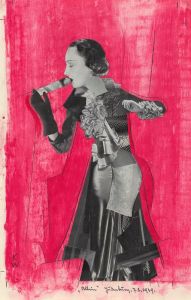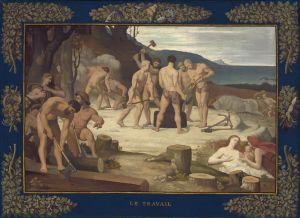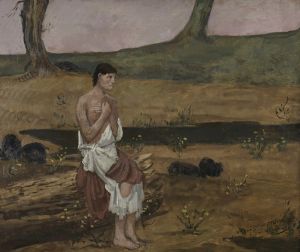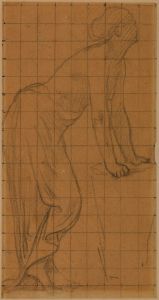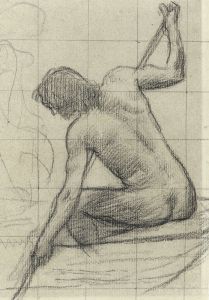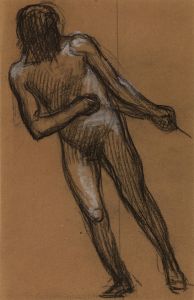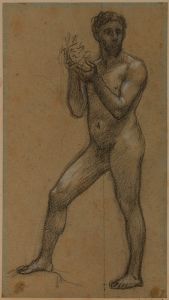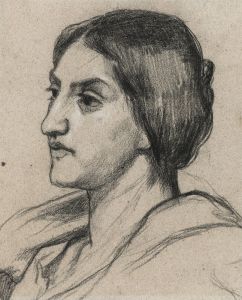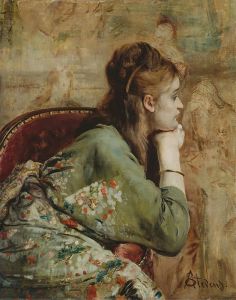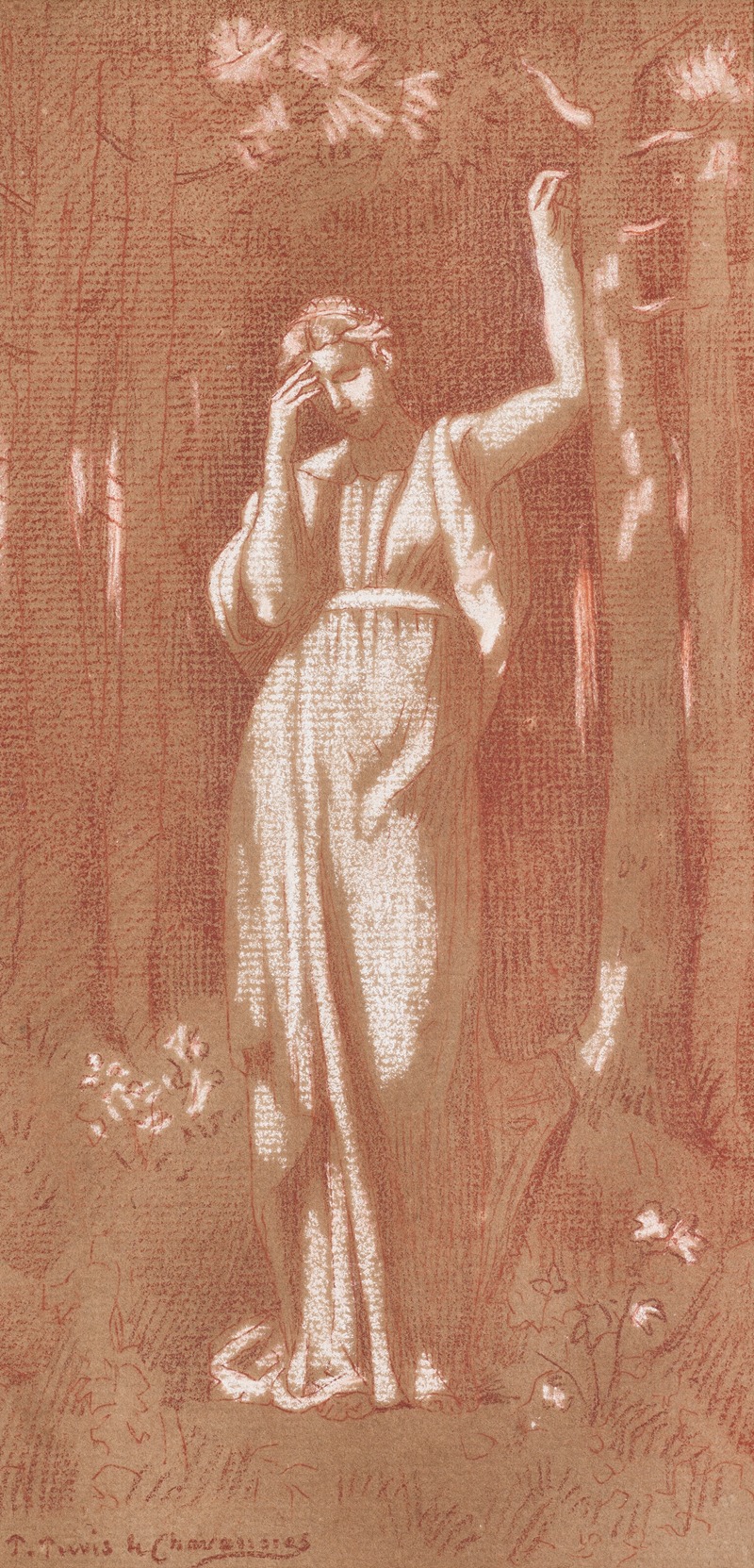
Étude pour ‘Le Recueillement’
A hand-painted replica of Pierre Puvis de Chavannes’s masterpiece Étude pour ‘Le Recueillement’, meticulously crafted by professional artists to capture the true essence of the original. Each piece is created with museum-quality canvas and rare mineral pigments, carefully painted by experienced artists with delicate brushstrokes and rich, layered colors to perfectly recreate the texture of the original artwork. Unlike machine-printed reproductions, this hand-painted version brings the painting to life, infused with the artist’s emotions and skill in every stroke. Whether for personal collection or home decoration, it instantly elevates the artistic atmosphere of any space.
Pierre Puvis de Chavannes was a prominent French painter in the 19th century, known for his mural paintings and contributions to Symbolism. One of his works, "Étude pour ‘Le Recueillement’," is a study for a larger composition, reflecting his meticulous approach to developing his ideas before executing them on a grand scale. Puvis de Chavannes was celebrated for his ability to convey mood and emotion through his use of color and composition, and this study is no exception.
"Étude pour ‘Le Recueillement’" translates to "Study for 'The Meditation'" or "The Gathering," and it showcases Puvis de Chavannes' characteristic style, which often involved serene and contemplative figures set against harmonious backgrounds. His work is noted for its classical simplicity and the way it evokes a sense of timelessness, often drawing on themes from mythology, history, and allegory.
Puvis de Chavannes was born in 1824 in Lyon, France, and he initially pursued a career in engineering before turning to art. He studied under several artists, including Eugène Delacroix, and was influenced by the frescoes of the Italian Renaissance, which is evident in his preference for large-scale mural works. His style evolved to emphasize flat, muted colors and simplified forms, which became a hallmark of his work and influenced later artists, including the Symbolists and Post-Impressionists.
The study "Étude pour ‘Le Recueillement’" would have been part of Puvis de Chavannes' process of planning and refining his ideas. Studies like this were common in his practice, allowing him to experiment with composition, figure placement, and the interplay of light and shadow. These preparatory works were crucial in developing the final pieces that would often adorn public buildings and spaces, contributing to his reputation as a master of mural painting.
Puvis de Chavannes' work, including studies like "Étude pour ‘Le Recueillement’," was highly regarded during his lifetime, and he received numerous commissions for public buildings in France. His murals can be found in places such as the Panthéon in Paris, the Musée de Picardie in Amiens, and the Hôtel de Ville in Paris. His influence extended beyond France, impacting artists across Europe and America.
While specific details about "Étude pour ‘Le Recueillement’" may not be extensively documented, it is representative of Puvis de Chavannes' broader body of work, which is characterized by its serene beauty and contemplative nature. His ability to convey profound emotion through simplicity and his innovative approach to composition have secured his place in art history as a pivotal figure in the transition from traditional to modern art.
Puvis de Chavannes passed away in 1898, but his legacy endures through his contributions to the development of modern art and his influence on subsequent generations of artists. His studies and completed works continue to be studied and admired for their aesthetic qualities and their role in the evolution of artistic styles at the turn of the century.







